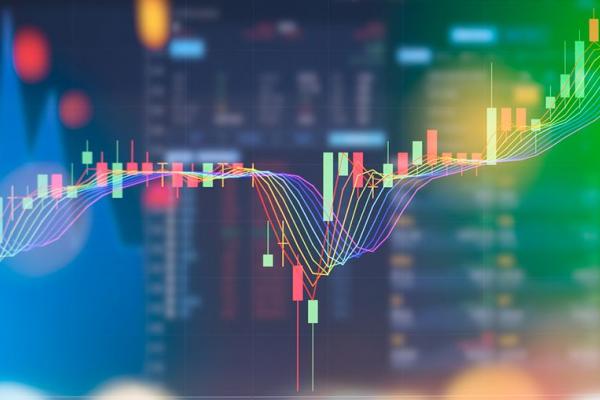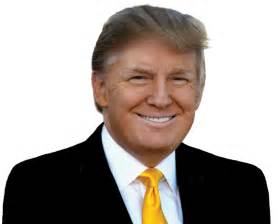
People now have more options for making financial choices than they have ever had before, thanks in large part to technological advancements. In other words, although traditional market trading via a financial company or brokerage firm continues to be a typical model, it is becoming more popular for individuals to investigate other ways. Trading CFDs has gained popularity in recent years and is applicable to a wide range of tradable assets.
What Are CFDs?
The concept behind contracts for difference is that traders may make bets based on where they believe assets will move in the future, rather than purchasing those assets and selling them at the right moment. Within the context of a contract for difference, the “contract” represents the trader’s forecast as to whether the asset under consideration would appreciate or decrease in value. The contract is effectively completed after a certain period of time, at which point the investor either receives a return (if he or she was right) or suffers a loss on his or her investment.
Assets Traded
CFDs may be used to trade a wide variety of different assets. However, among of the most frequently traded options include stock shares, indices, currencies, and, perhaps most famously, commodities, all of which are traded on exchanges. Gold, a widely traded commodity, is accessible for trading on the CFD market. Also, oil is the most traded commodity in the world, and it has a significant presence in the CFD market. Generally speaking, if there’s an investable asset you’re interested in trading, there’s a high chance you’ll be able to locate it on a reputable CFD platform, which is a positive thing.
Buying and Selling
When it comes to CFD trading, there are buyers and sellers, and it’s important to grasp the difference between the two when you’re just getting started. To put it another way, a CFD may be used to place a “buy” or “sell” order. Suppose you think that the price of gold is likely to increase in the near future. You would place a purchase order and profit if the price does really rise within the specified time frame. If you foresee a decrease in gold prices, on the other hand, you would “sell” a gold CFD. If your prediction is right, you would actually make a profit, even if the asset itself would have lost value. In a nutshell, the availability of buy and sell orders allows CFD traders to benefit from either profits or losses in the market.
Leverage
Deals may be made in CFD trading using leverage, which means that traders only pay a portion of the amount they are investing in the transaction. Someone seeking to make a USD 600 investment in a CFD may only have to put up approximately a fifth of that amount of money.
This is a method of compounding profits by trading with more money than you intend to put into the trade. It is important to remember that it is not without danger, given that losses are susceptible to leverage as well. It is estimated that 43 percent of all retail investors use leverage, and that figure is probably likely greater in CFD trading than in other types of investing overall.
Trader Sentiment Is Easily Recognizable
It’s a unique feature of CFD trading because certain systems really enable you to see the “sentiment” of other traders, which is very fascinating. Given the nature of the transactions, this is something that is very simple to do. For example, publicly accessible data indicates that investors trading gold CFDs are bullish, with 65 percent of traders identifying as buyers and just 35 percent as sellers. It is a basic kind of data point, but it may provide valuable insight into the direction of an asset’s price movement over time.
This should help you understand the fundamentals of trading CFDs and prepare you to for the world of CFD trading. Each real item that you contemplate trading will still require much study and deliberation on your part. However, these fundamentals offer an excellent understanding of what CFD trading is and how it operates.

